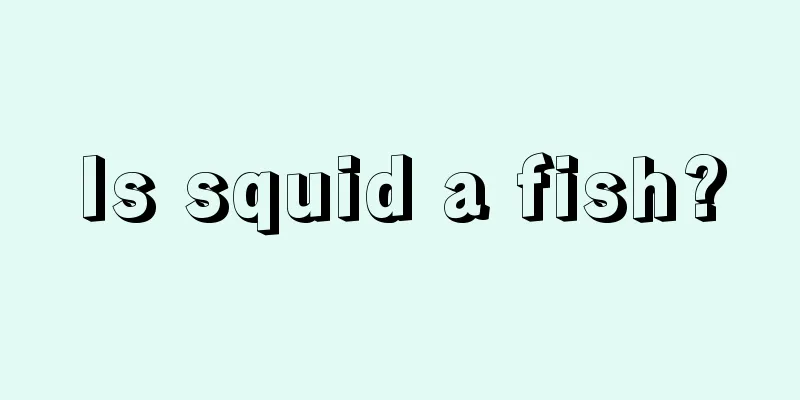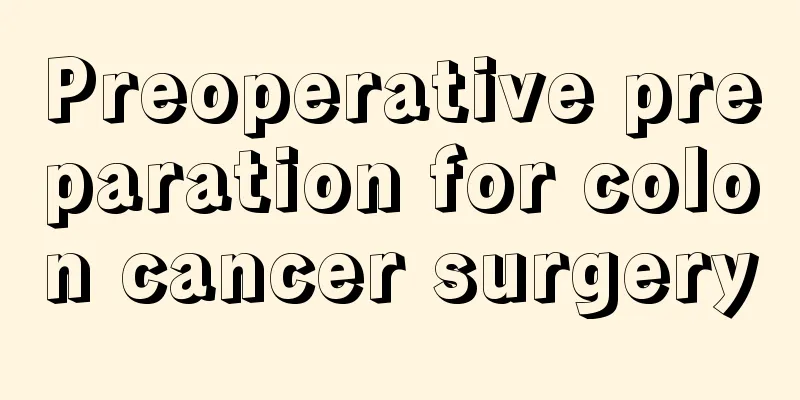Cholecystic pancreatitis

|
We all know that the gallbladder can secrete bile, which is very helpful for the health of the body. It can promote the digestion and absorption of fat. Once the bile is abnormal, it will flow back into the pancreatic duct, causing the pancreatic digestive enzymes to be activated, which will cause cholecystic pancreatitis. This disease is more common in middle-aged and elderly people and obese women. So how to prevent and treat it? Causes 1. Incarceration of the ampulla This includes spasm of the sphincter of Oddi caused by gallstone impaction, ascaris obstruction, and infection of the common bile duct and bile duct, which hinders bile excretion and causes the pressure in the bile duct to exceed the pressure in the pancreatic duct, leading to bile reflux into the pancreatic duct and causing pancreatitis. 2. Biliary inflammation and its toxins Free bile acid, unconjugated bilirubin, lysolecithin, etc. can also spread to the pancreas through the common lymphatic system with the pancreas, or bile duct inflammation can spread to the pancreatic duct, thereby causing pancreatitis. 3. Gallstone Transmission Theory Some scholars believe that when a sharp whole gallstone passes through the bile duct and enters the duodenum with difficulty, it stimulates the sphincter of Oddi, causing it to become congested, edematous, spasmodic, or even contract in the reverse direction, forming a temporary or functional obstruction, causing bile reflux, and thus causing pancreatitis. Clinical manifestations 1. Abdominal pain It often occurs after eating, with sudden severe abdominal pain as the main manifestation, first appearing in the right upper abdomen, mainly biliary colic, and then radiating to the left shoulder and left waist and back. It feels like a belt. 2. Abdominal bloating It often occurs simultaneously with abdominal pain. In severe cases, it is caused by the irritation of intraperitoneal exudate and retroperitoneal bleeding. Paralytic intestinal obstruction leads to gas and fluid accumulation in the bile duct, causing abdominal distension. 3. Nausea and vomiting In the early stage, it is reflex vomiting, and the contents are food and bile. The late stage is caused by paralytic intestinal obstruction, the vomiting is fecal-like, and it occurs after abdominal pain. The abdominal pain often cannot be relieved after vomiting. 4. Fever Most cases are moderate fever, and the body temperature usually drops gradually after 3 to 5 days. When combined with cholangitis, there may be chills and high fever. Those with systemic poisoning symptoms may not have elevated body temperature. 5. Jaundice Jaundice occurs when the lower end of the common bile duct or liver function is damaged. The more severe the jaundice, the more serious the condition and the worse the prognosis. examine 1. Laboratory examination The white blood cell count is mostly increased, the hemoglobin and hematocrit are increased, and the carbon dioxide binding capacity is decreased. Blood and urine amylase levels were significantly elevated. 2. Ultrasound It can be seen that the pancreas is diffusely enlarged. When there is edema, a uniform low echo appears; if there is hemorrhage and necrosis, it may appear as a coarse strong echo. 3. CT The CT manifestations of acute edematous pancreatitis are diffuse enlargement of the pancreas, uneven density, and blurred boundaries; the hemorrhagic necrotic type shows vesicular low-density areas in the enlarged pancreas, and fluid accumulation in the pancreas or around the pancreas. 4. Abdominal puncture In acute necrotizing pancreatitis, turbid fluid can often be drawn out by abdominal puncture, and small fat droplets may be seen. When infection occurs, it may become purulent. diagnosis 1. Have a history of biliary colic. 2. Upper abdominal pain, especially tenderness in the right upper abdomen. 3. Blood and urine amylase levels are significantly elevated. 4. Jaundice. 5. Auxiliary examinations: B-ultrasound, CT and other imaging examinations can show diffuse enlargement of the pancreas, and ultrasound can show stones, which can help clarify the diagnosis. treat 1. General treatment Control diet and gastrointestinal decompression. Those with mild symptoms can eat a small amount of light liquid food. When nausea, vomiting, and abdominal distension are obvious, gastrointestinal decompression is required. 2. Supportive care Intravenous supplementation of electrolytes, maintenance of adequate circulating blood volume, and adequate and comprehensive nutrition are very important for improving the efficacy of this disease. 3. Analgesia and antispasmodic Use morphine and pethidine analgesics. Since these analgesics can cause spasm of the hepatopancreatic ampulla sphincter, they often need to be used in combination with atropine. 4. Use of antibiotics It mainly inhibits the growth of intestinal bacteria and prevents and controls secondary infections. 5. Inhibit pancreatic juice secretion H2 receptor blockers can inhibit gastric acid and thus reduce the secretion of pancreatic juice; somatostatin can also significantly inhibit the secretion of pancreatic juice. Octreotide is commonly used in clinical practice. 6. Surgery On the basis of active symptomatic and supportive therapy, delayed surgery will be performed after the patient's acute symptoms are relieved. Surgery is usually performed about 7 days after the acute attack. However, for patients whose diagnosis is unclear or whose condition worsens despite various supportive therapies, timely endoscopic retrograde cholangiopancreatography (ERCP) stone removal or surgical treatment should be performed. The surgical method should be selected according to the different biliary tract lesions. The pancreas itself can be treated by procedures such as pancreatic drainage and pancreatectomy. |
<<: Increased gallbladder size
>>: Causes of gallbladder obstruction
Recommend
Will having an ovarian tumor affect life expectancy?
Ovarian tumor is a common gynecological malignant...
What types of kidney disease are there
Problems with any organ in the body will affect o...
How to store Chinese herbal medicine powder
Grinding Chinese medicine into powder is a common...
How to whiten naturally dark skin?
Some people are born with darker skin, so if they...
How about taking Chinese medicine if you have uterine cancer
Endometrial cancer is a very common malignant tum...
What are the specific drugs for kidney cancer
What are the special medicines for kidney cancer?...
How many years can a person with renal pelvis and kidney cancer live
Kidney cancer is a disease that is difficult to c...
Ingredients of dishwashing liquid
Many people have come into contact with dishwashi...
What are the effects and contraindications of golden rose
I believe that everyone has seen golden-edged ros...
Who should not dance square dance
I believe that many people have a deep impression...
How to make jelly puree
Do you still remember the jelly mud you played wi...
Is it okay to eat dried persimmons at night?
Everyone must have eaten fresh persimmons, which ...
What are the things to do in rectal cancer reexamination? What is the focus of postoperative care for rectal cancer
If the symptoms of rectal cancer are more obvious...
What is the reason for sudden wrist pain without injury?
The wrist is a relatively fragile joint in the hu...
How many days does it take for the chickenpox itch to heal
The causes of chickenpox are quite complicated, s...









